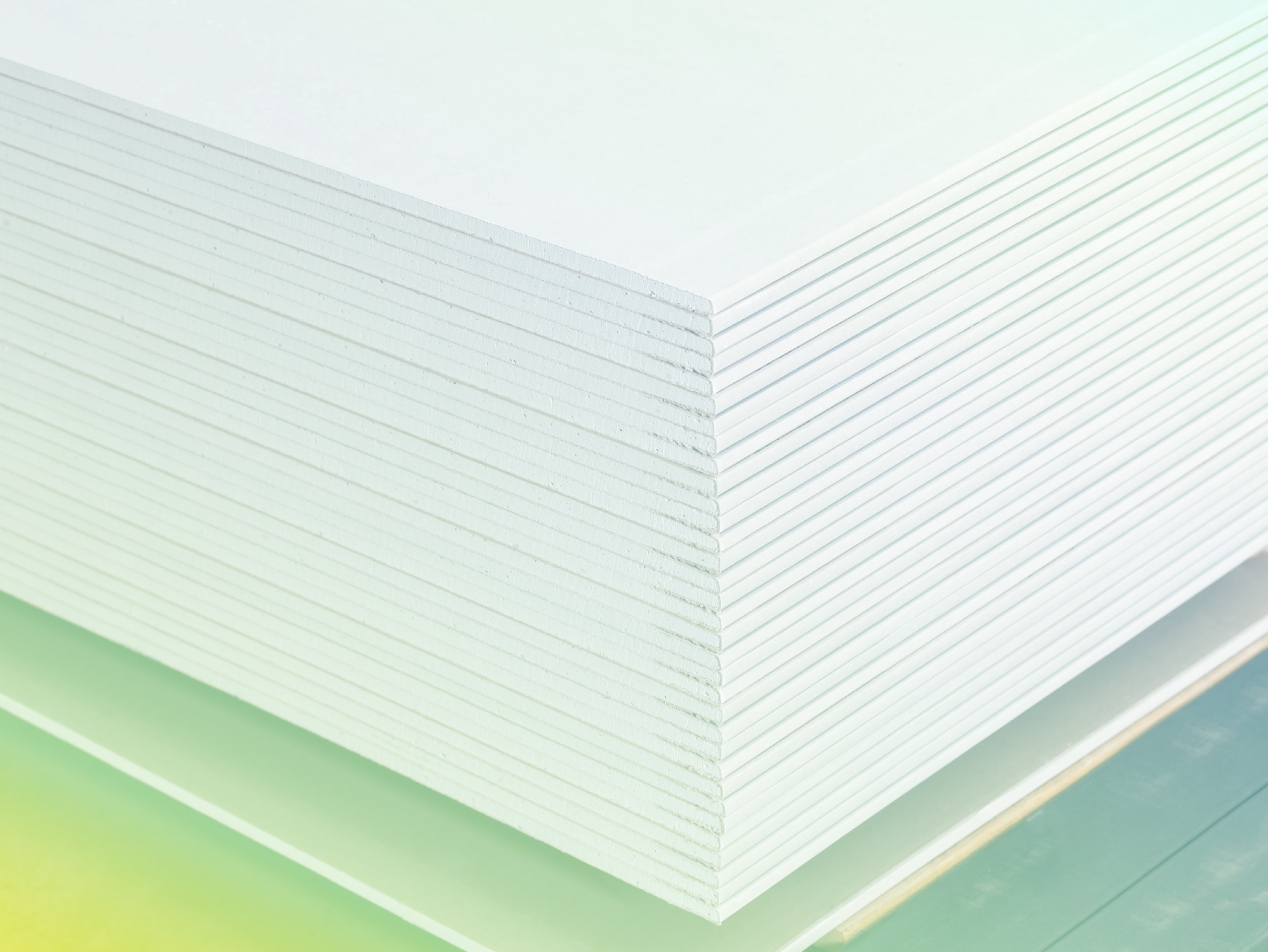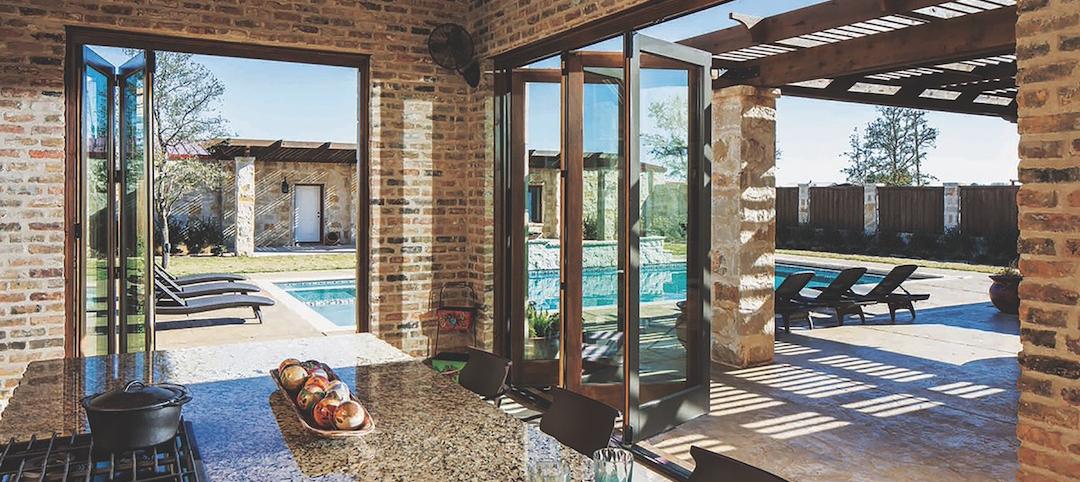Two new reports offer guidance on selecting environmentally friendly and healthy building materials in three product categories: gypsum drywall, flooring, and insulation.
“Embodied Carbon and Material Health in Insulation” and “Embodied Carbon and Material Health in Gypsum Drywall and Flooring,” by architecture and design firm Perkins&Will in partnership with the Healthy Building Network, advise on how to select the best low-carbon products with the least impact on human health.
“Given the sheer volume of these product categories sold each year—which can collectively cover the entire state of Rhode Island and then some—even small reductions in their carbon footprint and improvements in material health would significantly contribute to creating a healthier, more sustainable built environment,” according to a news release. In the U.S., annual sales of gypsum board totals nearly 24 billion square feet. Flooring materials amount to 29.69 billion square feet, and insulation totals about 11.5 billion square feet.
The report’s findings include:
• Products that improve material health and embodied carbon are available across all three product categories.
• It is best to first screen for optimized product types before selecting specific products because the biggest improvements can be made by selecting different product types within a product category.
• Embodied carbon and material health considerations are sometimes contradictory, so it is important to review the provided guidance to make informed decisions.
The reports are available for download at: https://perkinswill.com/carbonhealth
Related Stories
Wood | Apr 26, 2015
Building wood towers: How high is up for timber structures?
The recent push for larger and taller wood structures may seem like an architectural fad. But Building Teams around the world are starting to use more large-scale structural wood systems.
Sponsored | Building Team | Apr 24, 2015
New Products and Programs to Check Out at the 2015 AIA Convention
There is no bigger annual gathering of architects and design professionals in North America quite like the AIA National Convention.
Building Materials | Apr 15, 2015
Prices for construction materials see highest spike in two years
Results from the Bureau of Labor Statistics showed that prices for construction materials rose 0.8% in March, the largest monthly increase in more than two years.
Building Materials | Apr 14, 2015
French firm proposes sand and bacteria as building material in the Sahara
Deserts are already abundant with sand, so why not construct buildings out of it? This was the thought behind Flohara, a collection of shelters developed by Paris-based XTU Architects.
Sponsored | Windows and Doors | Apr 14, 2015
Energy Retrofits: Getting the Whole Picture on Energy Analysis
Modular Building | Mar 10, 2015
Must see: 57-story modular skyscraper was completed in 19 days
After erecting the mega prefab tower in Changsha, China, modular builder BSB stated, “three floors in a day is China’s new normal.”
Sponsored | Metals | Mar 10, 2015
Metal Building Systems: A Rising Star in the Market
A new report by the Metal Building Manufacturer's Association explains the entity's efforts in refining and extending metal building systems as a construction choice.
Building Materials | Feb 19, 2015
Prices for construction materials fall in January, following plummet of oil prices
The decline in oil and petroleum prices finally showed up in the produce price index data, according to ABC Chief Economist Anirban Basu.
Steel Buildings | Feb 10, 2015
Korean researchers discover 'super steel'
The new alloy makes steel as strong as titanium.
| Dec 29, 2014
From Ag waste to organic brick: Corn stalks reused to make construction materials [BD+C's 2014 Great Solutions Report]
Ecovative Design applies its cradle-to-cradle process to produce 10,000 organic bricks used to build a three-tower structure in Long Island City, N.Y. The demonstration project was named a 2014 Great Solution by the editors of Building Design+Construction.

















